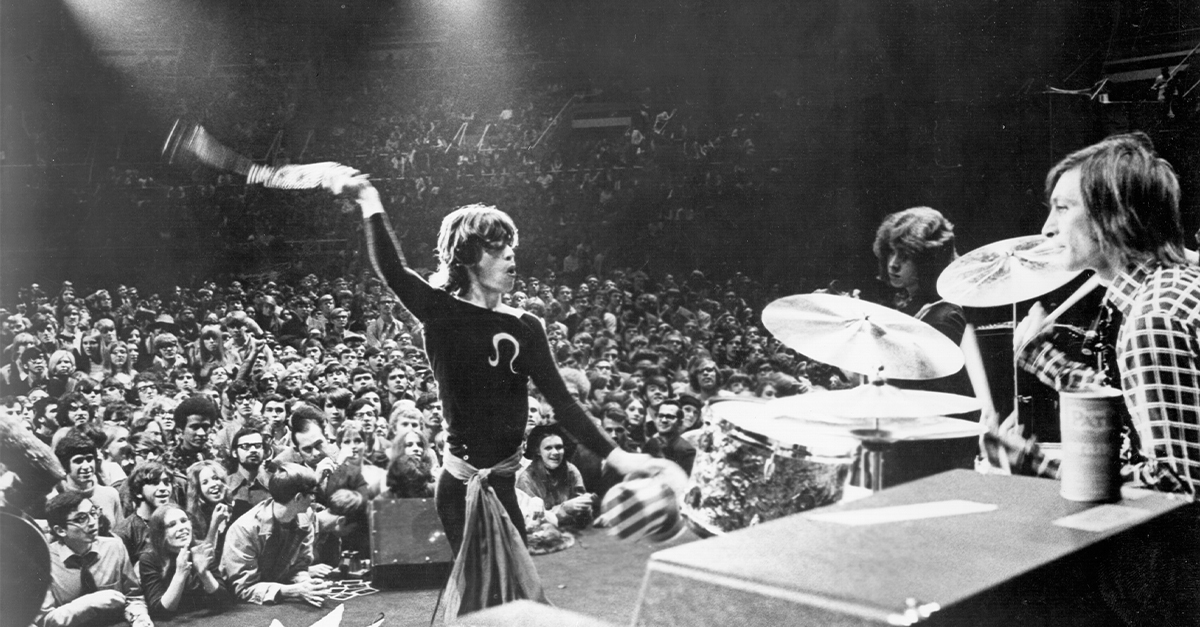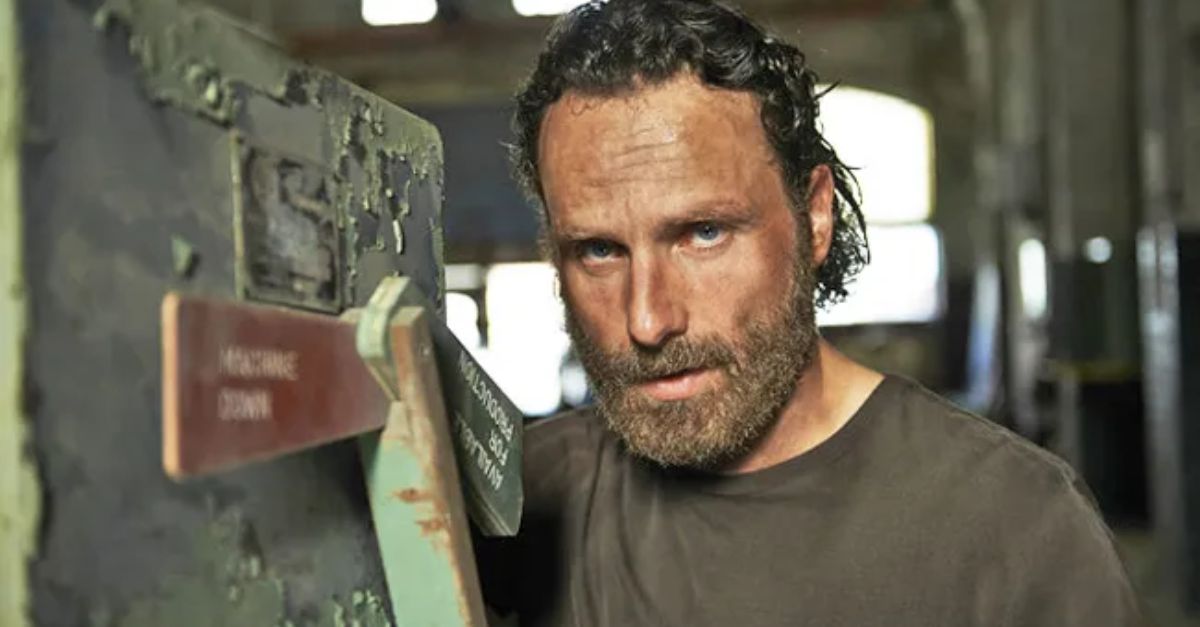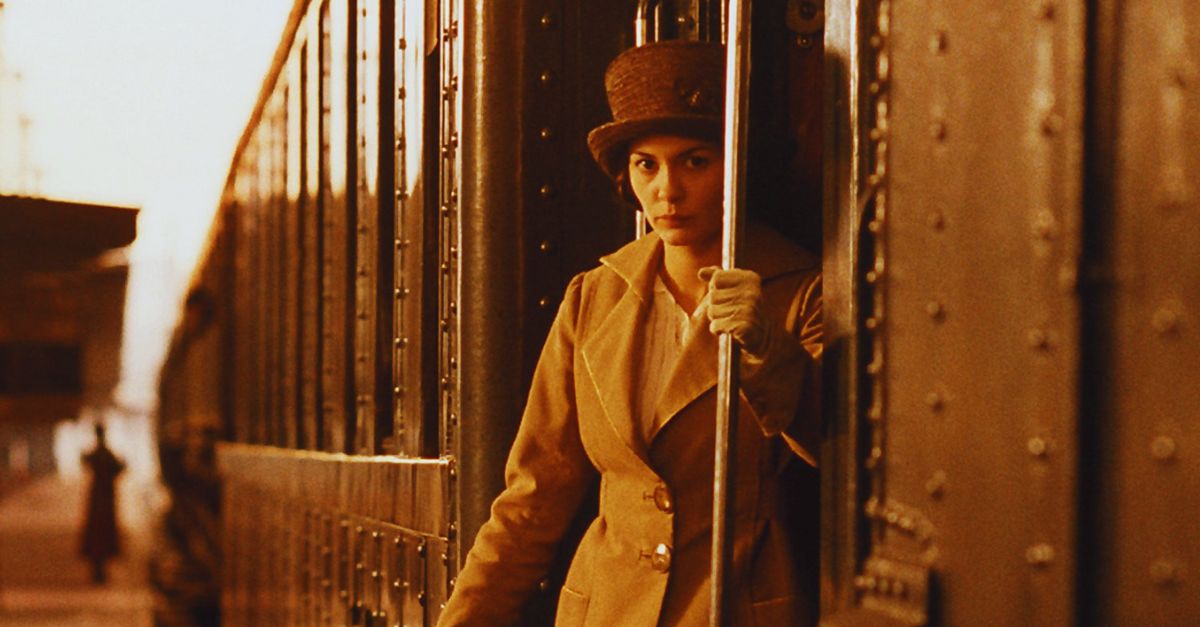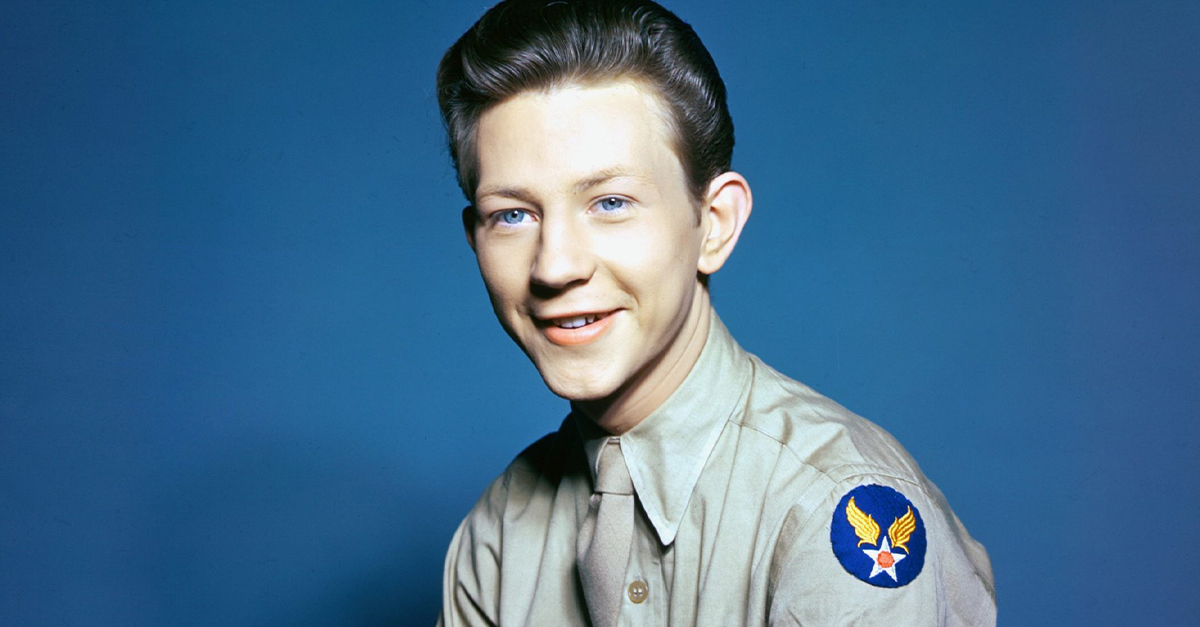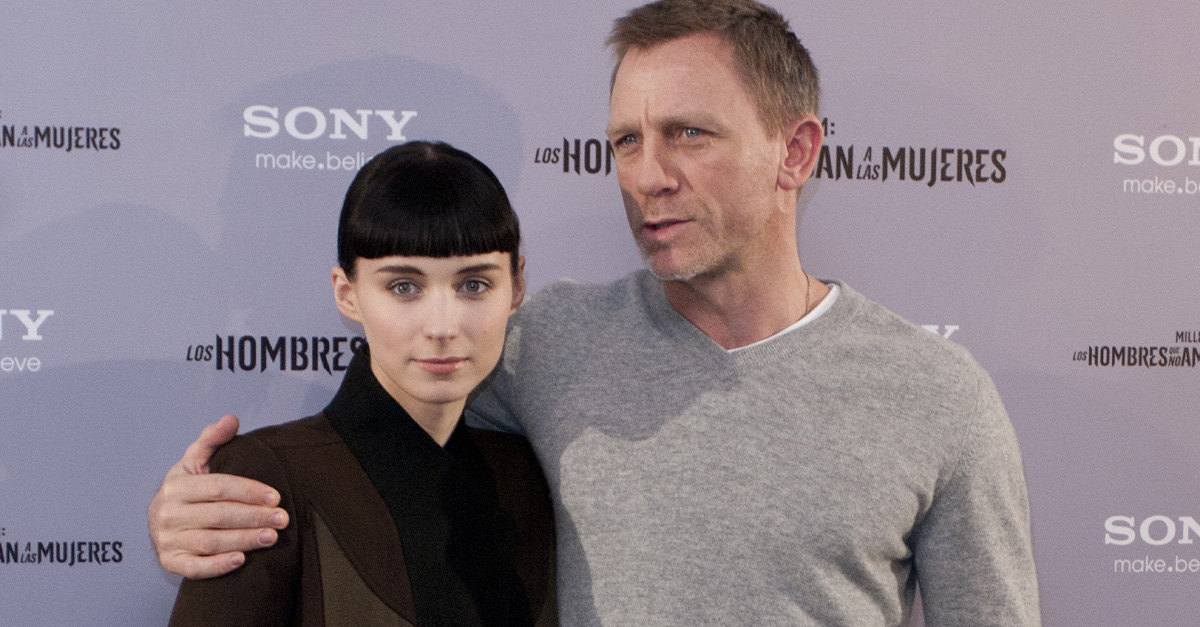The Power Of Documentaries
At their best, documentaries act as windows into real lives, hard truths, and previously untold stories. They move us and challenge us with their immediacy. They may even change the way we see the world. We look at the best documentaries ever made in terms of craft, educational value, and impact.
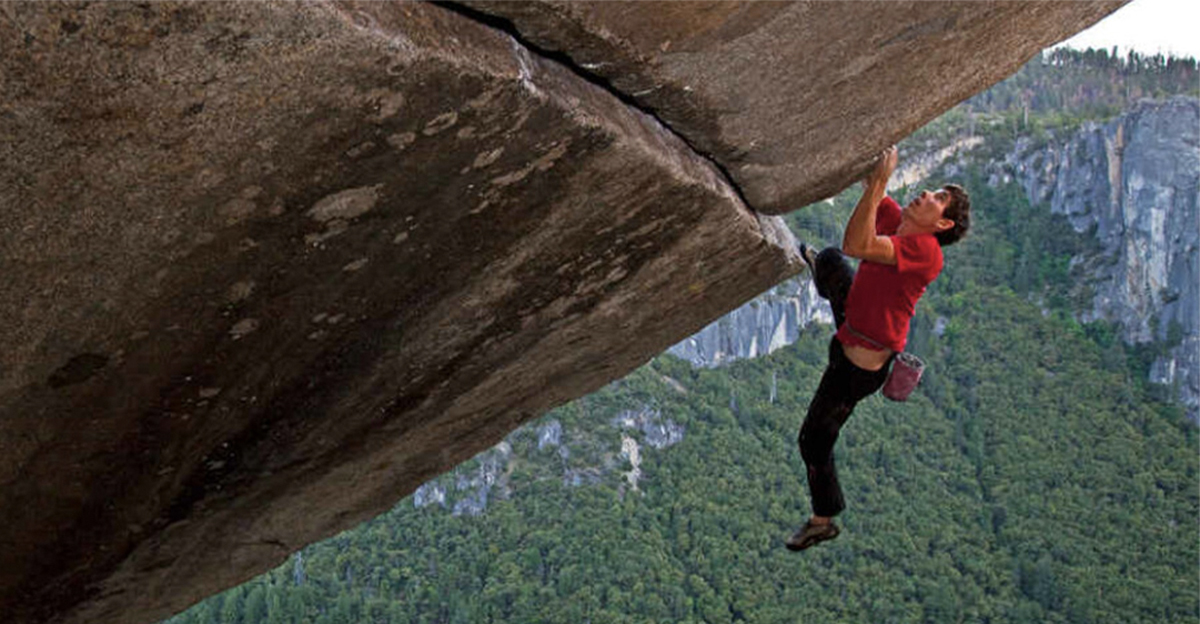
Hoop Dreams (1994)
Hoop Dreams follows two African‑American high school students, William Gates and Arthur Agee as they follow their NBA dreams. Shot in Chicago over a five-year span, the film examines race, class, education, and family pressures. Widely praised, Hoop Dreams was a benchmark in documentary storytelling.
 Fine Line Features, Hoop Dreams (1994)
Fine Line Features, Hoop Dreams (1994)
The Thin Blue Line (1988)
Errol Morris’s The Thin Blue Line re-examines the wrongful conviction of Randall Adams. With detailed interviews, dramatic reenactments, and forensic detail, the film tells an absorbing story and even ends up helping lead to Adams’s release. The film set a standard for what could be accomplished with investigative documentaries.
 Miramax Films, The Thin Blue Line (1988)
Miramax Films, The Thin Blue Line (1988)
Paris Is Burning (1990)
A documentary about New York’s ballroom subculture, Paris Is Burning captures the lives, dreams, and struggles of Black, Latino, and queer communities. With wit and compassion, it takes a closer look at identity, class, and performance. The film’s cultural impact was huge, resonating toward more contemporary documentaries that blend social justice with art.
 Miramax Films, Paris Is Burning (1990)
Miramax Films, Paris Is Burning (1990)
Blue Planet II (2017)
The incomparable David Attenborough returns in Blue Planet II to explore and showcase marine life from around the globe. The series balances environmental urgency with jaw‑dropping imagery of reefs, deep ocean ecosystems, and threats to biodiversity. It’s a fantastic look at the wonder of Planet Earth itself as documentary subject and hero.
 BBC Studios, Blue Planet II (2017)
BBC Studios, Blue Planet II (2017)
The Civil War (1990)
Ken Burns’s The Civil War was a milestone in American documentary television. With its blend of archival photos, thoughtful commentators, letters read by famous actors, and evocative music, it brought history alive for millions. Its popularity showed that documentaries could dominate prime-time TV; the series paved the way for similar epic series.
The Ascent Of Man (1973)
BBC’s The Ascent of Man, hosted by Jacob Bronowski, traces the entire journey of humanity’s cultural and scientific evolution. With eloquent narration and sweeping visuals, the 13-part series made science and history accessible. Bronowski’s reflective style connected with audiences of all ages; the series’ scope and thematic unity set standards for educational documentaries of intellectual depth and narrative power.
The World At War (1973–74)
I you were around at the time The World at War was released, you’ll remember how different it was from anything that came before it. Narrated by Laurence Olivier, it is one of the most comprehensive WWII documentary series ever produced. Combining interviews with survivors, leaders, and soldiers with rare archival footage, it conveys both strategic overview and personal experience.
 ITV, The World at War (1973–1974)
ITV, The World at War (1973–1974)
Shoah (1985)
Claude Lanzmann’s monumental Shoah, at over nine hours in duration, delves into the Holocaust through witness testimony, but without archival footage. Its length, intensity, and moral gravity distinguish it from any other documentary. The historical enormity of the subject matter make it a must-see.
 New Yorker Films, Shoah (1985)
New Yorker Films, Shoah (1985)
The Act Of Killing (2012)
The Act of Killing follows former Indonesian death squad leaders through reenactments of their crimes in the style of cinematic genres, including musical, gangster, noir. It’s surreal, horrifying, and thought-provoking. The form and subject matter of the documentary may not be to everyone’s tastes, but the risks it takes will certainly push viewers toward a deeper level of introspection.
 Dogwoof, The Act of Killing (2012)
Dogwoof, The Act of Killing (2012)
13th (2016)
Directed by Ava DuVernay, 13th examines the history of racial inequality in the United States, especially the mass incarceration of Black Americans. Using archival footage, interviews, and moral arguments, it ties historical slavery to today’s criminal justice system. It’s one of those few documentaries that help sustain movements toward social justice.
Amy (2015)
Amy goes in depth into the life, rise, and heartbreaking fall of singer Amy Winehouse. Through archival footage, interviews, and searing performances, it lays bare the cost of fame, addiction, and expectation. It’s a moving portrait that brings personal tragedy into sharp focus, raising the bar for music documentaries.
An Inconvenient Truth (2006)
This environmental documentary, produced by Al Gore, made quite a splash, raising public awareness of climate change. Its blend of scientific evidence, personal accounts, and visual presentation made it a global hit. It shows how a documentary can change public perception and build a movement toward changing policy on the global level.
 Paramount Classics, An Inconvenient Truth (2006)
Paramount Classics, An Inconvenient Truth (2006)
Man With A Movie Camera (1929)
Dziga Vertov’s Man with a Movie Camera is an experimental silent film that simply captures urban life across the Soviet Union without any subtitles. It’s still praised for its cinematic techniques: montage; rhythmic editing; and camera angles. As a pioneering film, it reminds us documentaries can also be artworks in form and innovation.
 VUFKU, Man With a Movie Camera (1929)
VUFKU, Man With a Movie Camera (1929)
Bowling for Columbine (2002)
Michael Moore’s Bowling for Columbine examines America’s gun culture after the infamous school shooting. Mixing satire, interviews, and journalistic curiosity, it probes societal fear and policy failures. Controversial, partisan, but compelling, Bowling for Columbine still inspires debate and demonstrates the documentary’s power in the political realm.
 United Artists, Bowling for Columbine (2002)
United Artists, Bowling for Columbine (2002)
Dear Zachary: A Letter to a Son About His Father (2008)
Made by Kurt Kuenne, Dear Zachary is a heart-wrenching personal testimony about family, grief, and legal failures. It opens in a love story and ends with tragedy, using home movies and interviews to maximize its impact.
 Oscilloscope Laboratories, Dear Zachary: A Letter to a Son About His Father (2008)
Oscilloscope Laboratories, Dear Zachary: A Letter to a Son About His Father (2008)
Paradise Lost: The Child Murders at Robin Hood Hills (1996)
This series investigated the wrongful conviction of three teenagers in Arkansas. Its comprehensive court coverage and media commentary exposed flaws in legal systems and media sensationalism. Another documentary that changed lives and influenced later works by its focus on the miscarriage of justice.
 HBO, Paradise Lost: The Child Murders at Robin Hood Hills (1996)
HBO, Paradise Lost: The Child Murders at Robin Hood Hills (1996)
Jiro Dreams of Sushi (2011)
A fascinating film about art, work, and obsession, Jiro Dreams of Sushi profiles an 85-year-old sushi chef in Tokyo. Its meditative cinematography shows how the mastery of small things can provide inspiration. It shifts our focus toward daily rituals as a valuable part of the human condition.
 Magnolia Pictures, Jiro Dreams of Sushi (2011)
Magnolia Pictures, Jiro Dreams of Sushi (2011)
The Fog of War (2003)
Errol Morris interviews Robert McNamara to explore the complexities of war, decision-making, and morality. Through sound, archival footage, and personal reflections, The Fog of War caused a stir by revealing the conflict between power and ethics. After all the Vietnam documentaries that explore what happened, here was one that explored why it happened and what we can learn from it.
 Sony Pictures Classics, The Fog of War (2003)
Sony Pictures Classics, The Fog of War (2003)
Gimme Shelter (1970)
A record of the Rolling Stones’ controversial 1969 tour and the tragic concert at Altamont, Gimme Shelter captures hope, hubris, chaos, and catastrophe. The raw, unflinching footage combined with the interviews of performers adds up to fascinating time capsule of American culture in the 60s.
 Cinema 5, Gimme Shelter (1970)
Cinema 5, Gimme Shelter (1970)
Pumping Iron (1977)
Pumping Iron brought bodybuilding into the mainstream through the rivalry between Arnold Schwarzenegger and Lou Ferrigno. Its charisma, drama, and behind-the-scenes grit helped the film transcend fitness to become a cultural phenomenon. This was where many people got their first look at Schwarzenegger as he began to work toward his goal of Hollywood stardom.
Supersize Me (2004)
At the opposite end of the spectrum from Pumping Iron, Morgan Spurlock’s Supersize Me uses the simple experiment of eating only McDonald’s for 30 days to see fast food’s impact on his health. The film’s combination of personal risk, satire, and social commentary makes it both accessible and provocative.
 Samuel Goldwyn Films, Super Size Me (2004)
Samuel Goldwyn Films, Super Size Me (2004)
Blackfish (2013)
Blackfish is an in-depth look at the animal welfare and ethics controversies behind marine theme parks. Interviews, footage, and investigative reporting challenge public assumptions about captivity. This was one of the most socially influential entries on our list of documentaries, shaping public opinion and our view of animals as entertainment.
 Magnolia Pictures, Blackfish (2013)
Magnolia Pictures, Blackfish (2013)
Flee (2021)
Flee uses animation and up close and personal storytelling to recount the tale of one man’s escape from Afghanistan as a refugee. Its form breaks conventions: identity protection via art, trauma via visuals, memory via voice. The innovative parts added up to make one of the most compelling documentaries of recent years.
Won’t You Be My Neighbor? (2018)
This film takes an extended look at children’s television host Fred Rogers’s life and philosophy. With archival clips and interviews, it invites reflection on what enabled Rogers and his show to connect with kids so effectively.
 Focus Features, Won’t You Be My Neighbor? (2018)
Focus Features, Won’t You Be My Neighbor? (2018)
Planet Earth (2006)
Planet Earth set a whole new standard for nature documentary series. With spectacular cinematography, David Attenborough’s narration, and globe-spanning locations; it was a huge leap forward for wildlife documentaries. Every episode blends science, beauty, and urgency, reminding us that documentary television can rival film in vision and scope. See it, but be careful: you may not want it to end!
Forensic Files (1996–2011)
A true crime documentary series centered on how forensic science solves strange and brutal crimes. Forensic Files combined logical deduction, procedural detail, and the real-life issues involved. It’s a great example of how technical specialization and moral clarity can make a documentary so riveting yet educational.
 truTV, Forensic Files (1996–2011)
truTV, Forensic Files (1996–2011)
Cosmos: A Personal Voyage (1980)
Carl Sagan’s Cosmos: A Personal Voyage was a huge breakthrough for science television. Blending astronomy, history, and philosophy with poetic narration, it brought the universe into living rooms around the world. Its ambitious visuals and storytelling inspired millions, and made Carl Sagan a household name. Still one of the most influential science documentaries decades later.
 PBS, Cosmos: A Personal Voyage (1980)
PBS, Cosmos: A Personal Voyage (1980)
Cosmos: A Spacetime Odyssey (2014)
Hosted by Neil deGrasse Tyson, Cosmos: A Spacetime Odyssey marries science, history, and wonder. Its visual effects and narrative structure bring cosmic scale to documentary storytelling. It illustrates how documentary television can expand minds, reaching those who crave both knowledge and beauty.
 Fox, Cosmos: A Spacetime Odyssey (2014)
Fox, Cosmos: A Spacetime Odyssey (2014)
Grizzly Man (2005)
One of the more disturbing entries on this list is Werner Herzog’s Grizzly Man. This film looks at the life and death of Timothy Treadwell, who lived among Alaskan bears before being fatally attacked. Interspersing Treadwell’s own amazing footage with Herzog’s meditative narration, the film shows admiration for its subject while also posing unsettling questions about obsession, nature, and humanity’s limits in the wilderness.
 Lions Gate Films, Grizzly Man (2005)
Lions Gate Films, Grizzly Man (2005)
Free Solo (2018)
Free Solo captures Alex Honnold’s breathtaking, first ropeless climb of El Capitan. With vertigo-inducing cinematography, it’s an amazing journey through physical triumph, psychological tension, and the question of what makes free climbers tick. The Academy Award–winning film was a new pinnacle for adventure documentaries, and showed beyond doubt that they can be as suspenseful and emotionally gripping as any scripted thriller.
 National Geographic Documentary Films, Free Solo (2018)
National Geographic Documentary Films, Free Solo (2018)
Summer Of Soul (2021)
Questlove’s Summer of Soul resurrects footage from the 1969 Harlem Cultural Festival, long eclipsed by the profile of Woodstock. With powerful performances by legends like Stevie Wonder and Nina Simone along with thoughtful commentaries on race and memory, the film shows a pivotal cultural moment in a whole new light. Aside from the fantastic soundtrack, the film is a lesson in the power of a documentary to reshape history and legacy.
 Searchlight Pictures, Summer of Soul (2021)
Searchlight Pictures, Summer of Soul (2021)
You May Also Like:
True Crime Documentaries That Are Stranger Than Fiction
The Smartest TV Shows You Probably Missed

